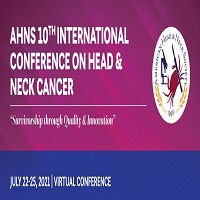AHNS Virtual Education Series – Review of Novel Imaging Trials In Cancer Surgery
AHNS Virtual Education Series Review of Novel Imaging Trials In Cancer Surgery Instructional Course: Review of Novel Imaging Trials In Cancer Surgery Date: Thursday, September 23, 2021 Time: 4:00pmPT/6:00pmCT/7:00pmET Session is an hour long and complimentary to all. Registration & Additional Information please click here. Learning Objectives: Discuss new clinical trials in intraoperative Tumor Imaging …



